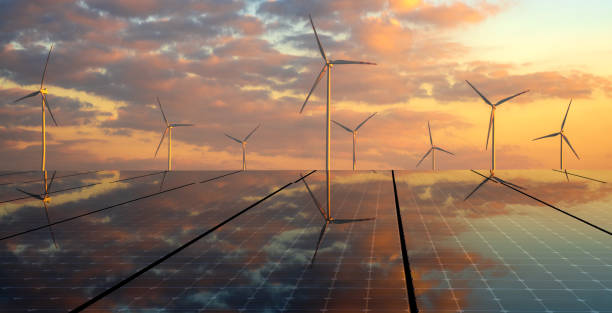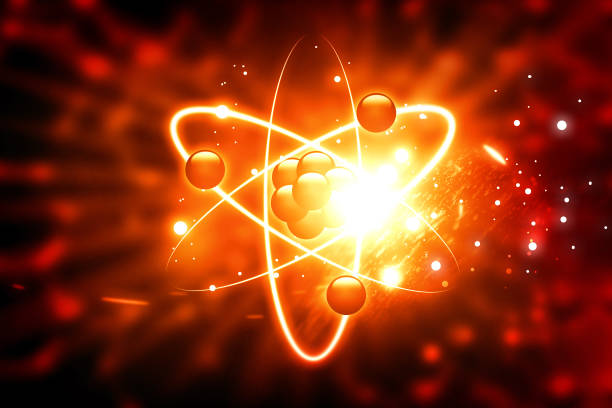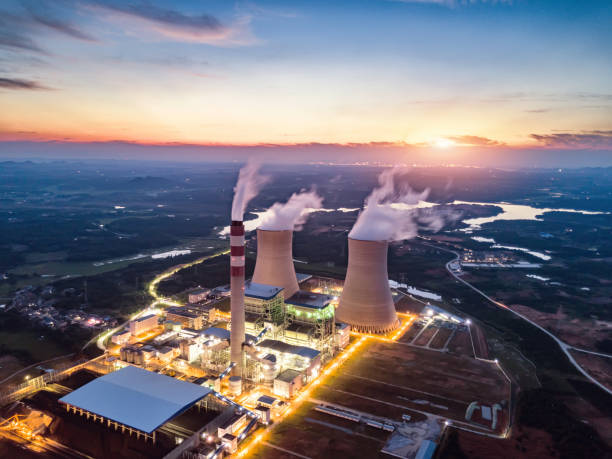New Technologies for Generating Electricity: Innovations to Power the Future
Electricity is a crucial element of modern life, powering everything from homes and businesses to transportation and communication systems. As we strive to reduce our reliance on fossil fuels and mitigate the effects of climate change, there is a growing need for innovative new technologies to generate electricity sustainably and efficiently.
In this blog post, we'll explore some of the latest technologies for generating electricity, from advanced solar and wind power systems to cutting-edge technologies like fusion and geothermal energy.
Advanced Solar Power Systems
Solar power is already a well-established technology for generating electricity, but advances in materials science and engineering are enabling new generations of solar panels that are even more efficient and cost-effective.
One of the most promising new technologies is perovskite solar cells, which use a class of materials that can be easily synthesized in the lab to create highly efficient solar cells. These cells are cheaper and easier to manufacture than traditional silicon-based solar cells, and they can be made flexible and lightweight, making them ideal for use in a wide range of applications.
Another new technology that holds promise for solar power is tandem solar cells, which combine multiple layers of different materials to capture more of the solar spectrum and produce more electricity. Tandem solar cells have already achieved record-breaking efficiencies in the lab, and they could potentially provide a way to dramatically increase the power output of solar panels without increasing their size or cost.
Advanced Wind Power Systems
Wind power is another well-established technology for generating electricity, and advances in materials science and engineering are making wind turbines more efficient, reliable, and cost-effective.
One of the most promising new technologies for wind power is offshore wind turbines, which are designed to be installed in deep water where winds are stronger and more consistent. Offshore wind turbines can generate more electricity than onshore turbines, and they can be located closer to population centers, reducing the need for long-distance transmission lines.
Another promising new technology for wind power is airborne wind energy systems, which use tethered drones or kites to capture high-altitude winds and generate electricity. These systems have the potential to be more efficient than traditional wind turbines, and they can be deployed in a wider range of locations, including remote and offshore areas.
Fusion Energy
Fusion energy is a promising new technology that has the potential to revolutionize the way we generate electricity. Fusion is the process that powers the sun, and it involves fusing hydrogen atoms together to create helium, releasing vast amounts of energy in the process.
Scientists have been working on fusion energy for decades, but it has proven to be a difficult technology to master. However, recent breakthroughs in materials science and engineering are bringing us closer to making fusion energy a reality.
One of the most promising new technologies for fusion energy is magnetically confined fusion, which uses powerful magnetic fields to confine and heat plasma to the temperatures and pressures needed to sustain fusion reactions. Researchers are also exploring alternative fusion technologies, such as inertial confinement fusion and magnetized target fusion, which could potentially provide a more practical and cost-effective path to commercial fusion power.
Geothermal Energy
Geothermal energy is another promising technology for generating electricity sustainably and efficiently. Geothermal energy harnesses the heat that is naturally present in the earth's crust to produce electricity.
One of the most promising new technologies for geothermal energy is enhanced geothermal systems (EGS), which involve drilling deep into the earth's crust and creating artificial geothermal reservoirs by injecting water or other fluids. These reservoirs can be used to generate electricity through conventional steam turbines, and they have the potential to provide a reliable source of baseload power.
Another promising technology for geothermal energy is binary cycle power plants, which use low-temperature geothermal resources to generate electricity by heating a fluid with a low boiling point






0 Comments